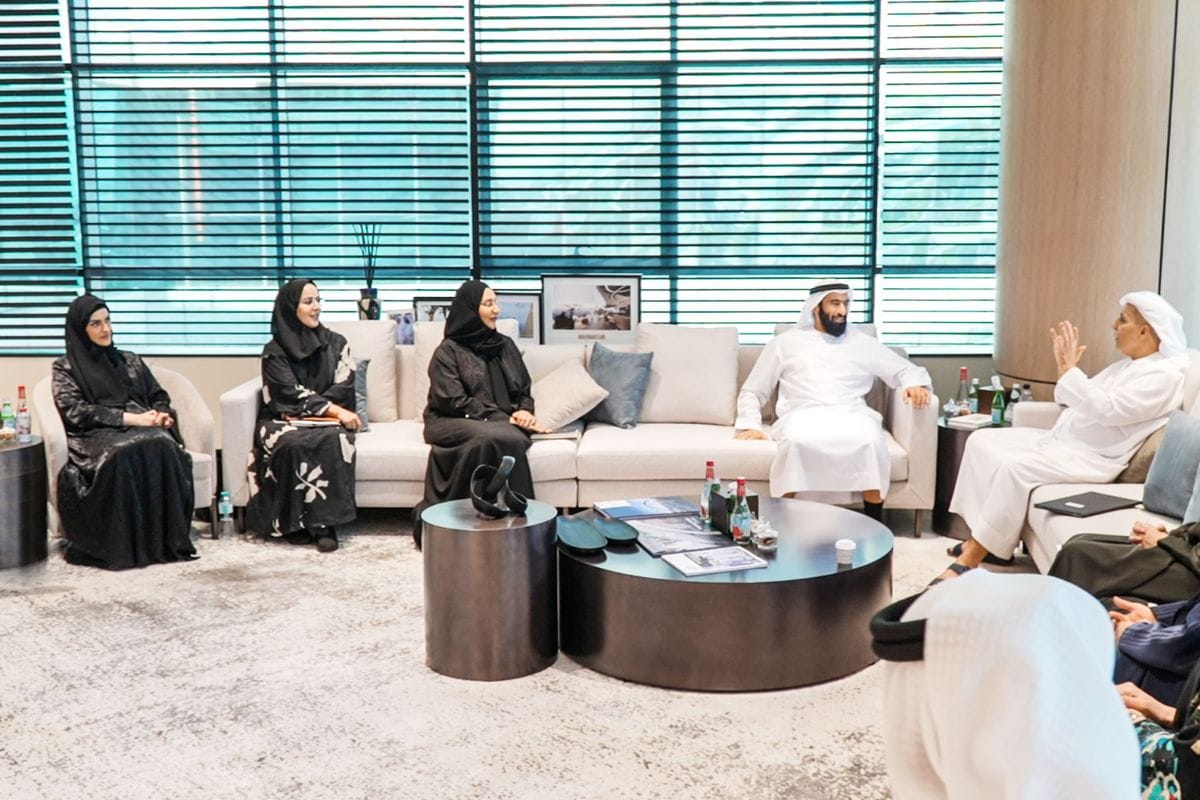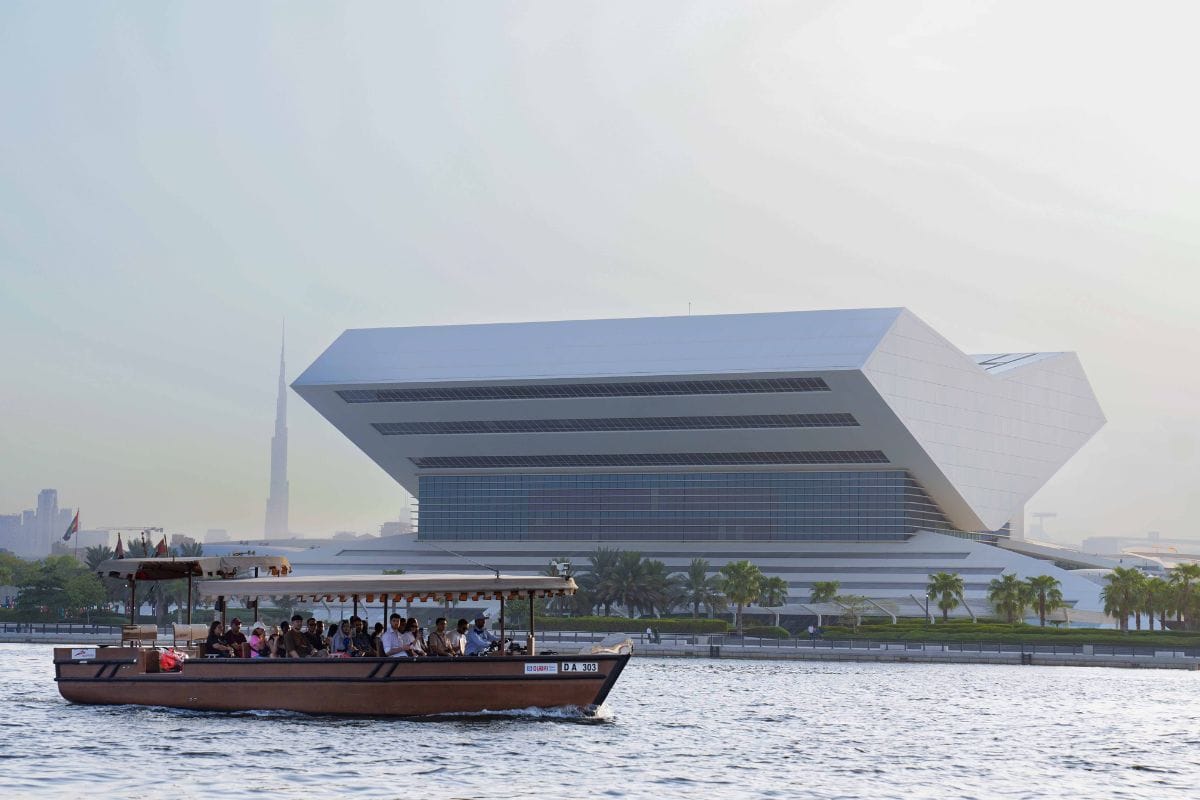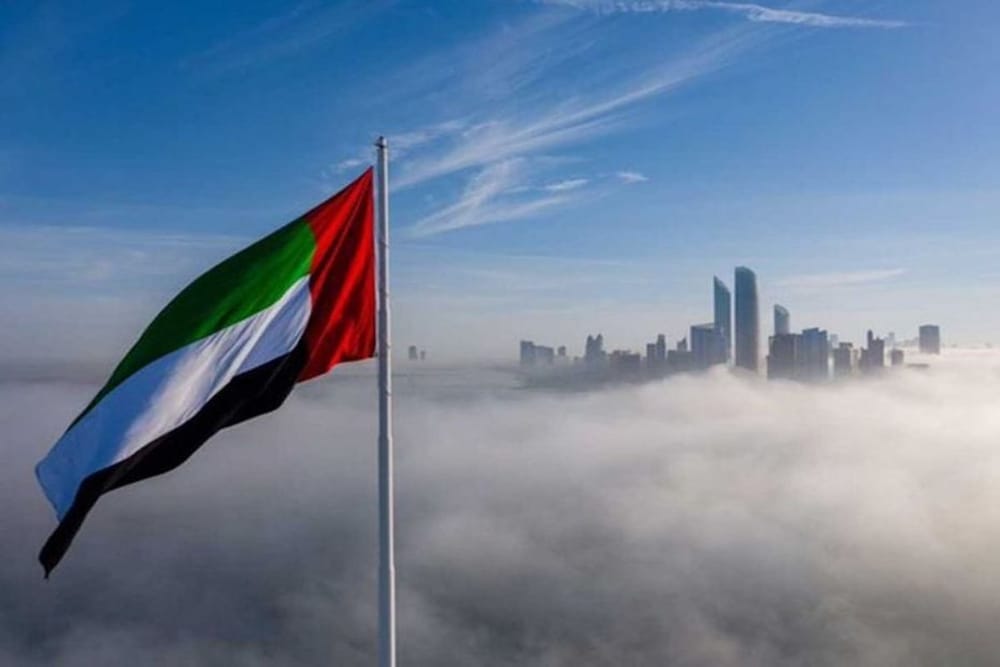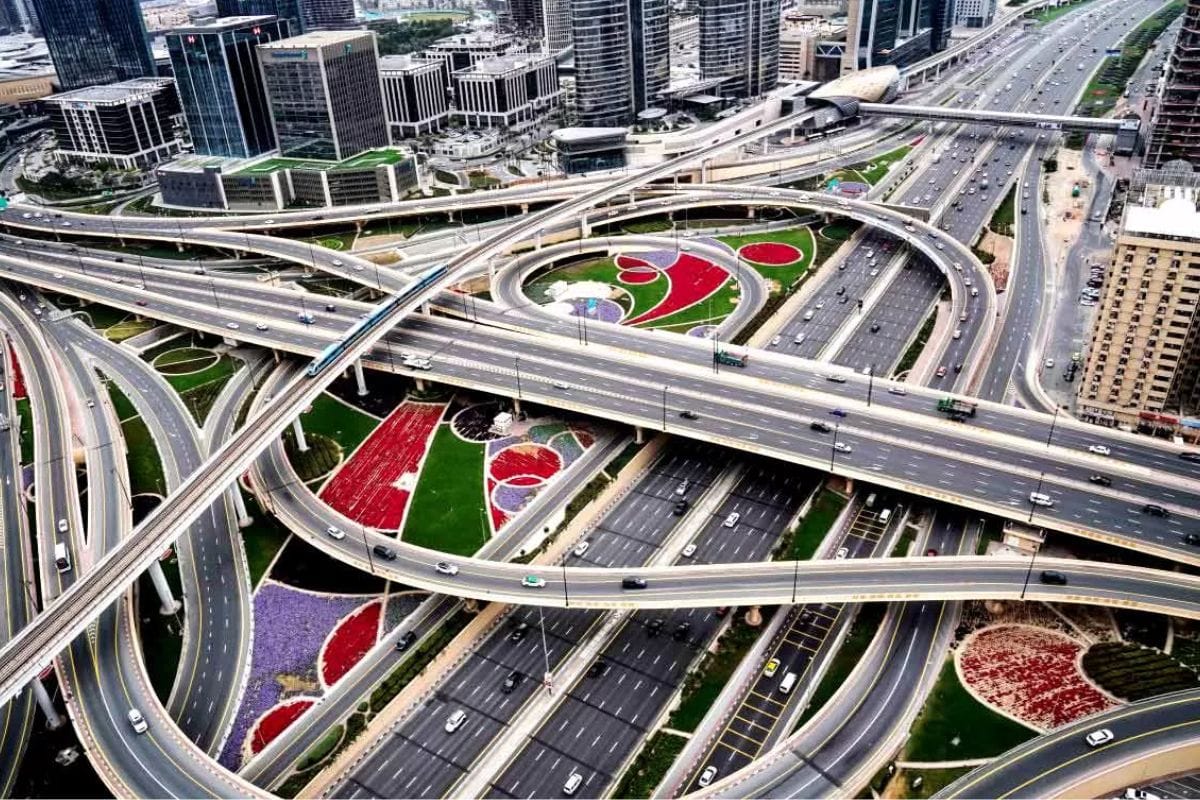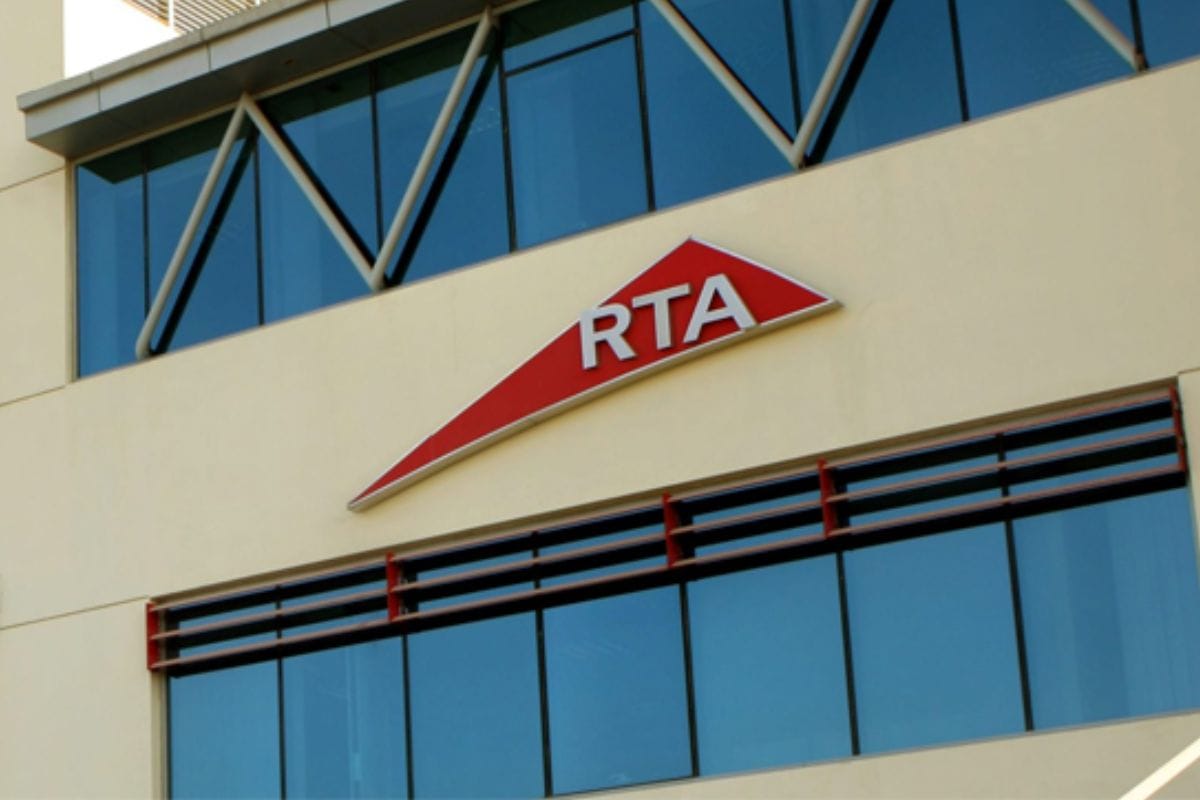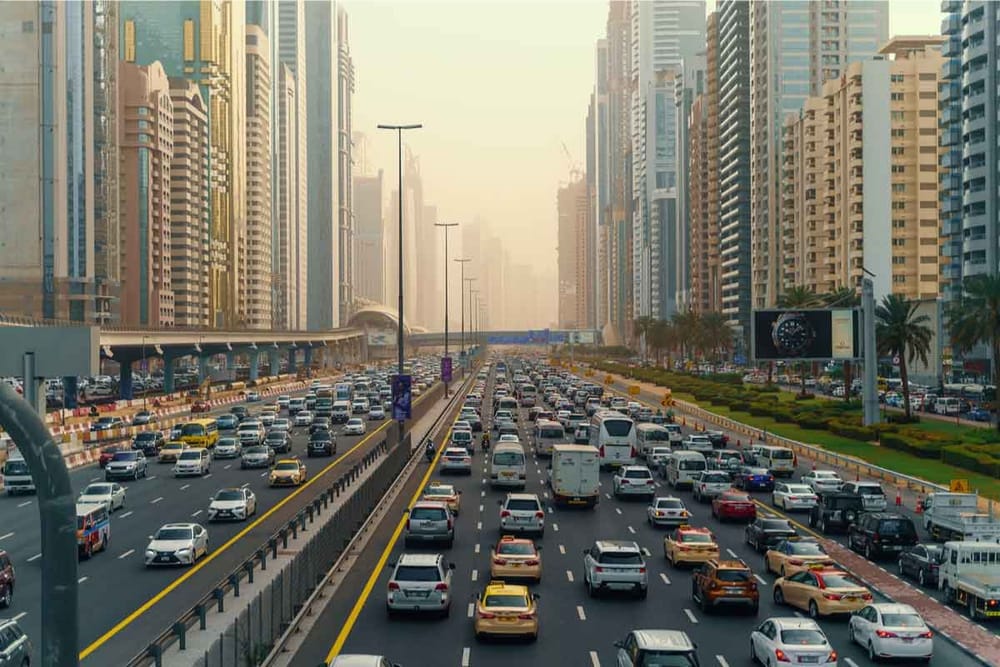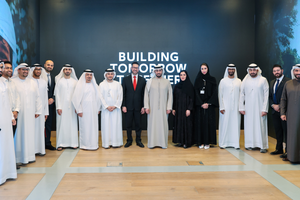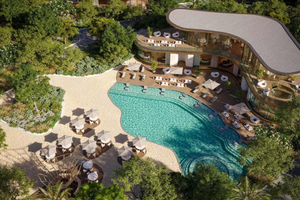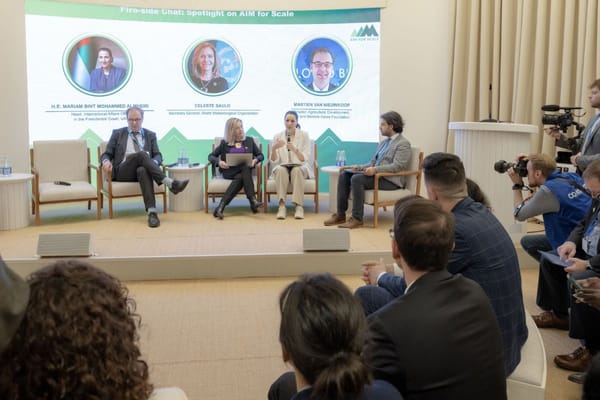Dubai continues to expand, both in population and infrastructure, but one challenge remains constant: traffic congestion.
In a city known for its rapid pace and thriving urban landscape, the daily commute can often feel like an obstacle in an otherwise smooth-running environment. With more cars on the road each year and a bustling population that keeps growing, traffic management has become a top priority. Fortunately, Dubai is leading with smart, forward-thinking solutions designed to ease congestion and enhance the city’s overall flow.
From investing in public transport to exploring futuristic ideas like autonomous vehicles, Dubai’s commitment to reducing traffic aims to create a more accessible, efficient urban experience for everyone.
This article delves into the strategies already in place, along with innovative steps the city is taking to shape a future where congestion is minimized, and every journey can be more enjoyable.
Key Challenges of Traffic in Dubai
- Dubai’s high rate of car ownership leads to an increased number of private vehicles on the road daily, as many residents prefer using personal cars over public transportation. This has made private car usage a major contributor to overall traffic congestion.
- The city’s fixed working hours, particularly in sectors with traditional schedules, create intense peak-time congestion. The early morning and late afternoon hours often see heavy traffic as people travel to and from work, especially in business districts.
- With the rapid expansion of new neighborhoods and commercial areas, Dubai’s infrastructure faces additional demands. As more people travel between these locations, the road network sees a significant increase in traffic volume.
- Dubai’s central business hubs, including areas like Downtown Dubai, Sheikh Zayed Road, and Business Bay, are popular destinations for both residents and tourists. The roads around these areas are frequently crowded, especially on weekends, when activity levels are highest.
- Construction projects across the city, while essential for future growth, can sometimes add to traffic issues. Temporary road diversions and detours are common near development sites, which can lead to slower traffic flow in certain areas.
Key Government Initiatives to Reduce Traffic in Dubai
Dubai government is actively implementing several initiatives to alleviate traffic congestion and enhance urban mobility. Here's an overview of key measures:
- Expansion of Public Transport Networks
The Roads and Transport Authority (RTA) is undertaking significant projects to extend the metro and bus systems:
- Dubai Metro Blue Line: An 18-billion-dirham project is underway to add 14 new stations over a 30 km route, connecting key areas such as Dubai Silicon Oasis and Al Maktoum International Airport. Construction is set to begin in 2024, with completion expected by 2029.
- Increased Metro Stations: Plans are in place to expand the number of metro stations from 64 to 96 by 2030, and further to 140 by 2040, covering more areas and providing greater accessibility.
- Adoption of Smart Traffic Management Systems
The RTA is implementing advanced technologies to optimize traffic flow:
- AI-Driven Traffic Control: Deployment of artificial intelligence systems to monitor real-time traffic conditions and adjust signal timings, accordingly, reducing congestion and improving travel times.
- Integrated Traffic Monitoring: Utilization of sensors and cameras across the city to gather data, enabling proactive management of traffic incidents and efficient route planning.
- Promotion of Flexible Work Arrangements
To reduce peak-hour traffic, the government is encouraging alternative work schedules:
- Remote Work Initiatives: In August 2024, the Dubai Government Human Resources Department launched the 'Our Flexible Summer' initiative, allowing certain government entities to reduce working hours and suspend work on Fridays during the summer months.
- Flexible Working Hours: The government is advocating for staggered work hours in both public and private sectors to distribute traffic more evenly throughout the day.
- Enhanced Cycling Infrastructure and Micro-Mobility Lanes
Efforts are being made to promote alternative modes of transportation:
- Dedicated Cycling Paths: Development of extensive cycling tracks in areas like Jumeirah and Downtown Dubai to encourage cycling as a viable commuting option.
- E-Scooter Regulations: Implementation of designated e-scooter zones and safety guidelines to integrate micro-mobility solutions into the urban transport network.
- Continued Development of Park-and-Ride Facilities
To facilitate seamless transitions between private and public transport:
- Strategically Located Facilities: Establishment of park-and-ride centers near major metro stations, allowing commuters to park their vehicles and use public transport for the remainder of their journey.
- Integrated Ticketing Systems: Implementation of unified payment methods for parking and transit services to enhance user convenience.
These initiatives reflect the government's commitment to creating a sustainable and efficient transportation ecosystem, aiming to reduce traffic congestion and improve the quality of life for its residents.
Suggestions for Residents to Help Reduce Traffic
- Choose Off-Peak Hours for Essential Errands
Whenever possible, plan trips like grocery shopping or appointments during non-peak hours. Aiming to be on the road in the middle of the day or evening helps reduce your contribution to rush-hour traffic.
- Participate in Local Car-Free Initiatives
Dubai hosts car-free days and community events encouraging residents to use alternative transport options. Participating in these city-wide events can be a great way to support greener commuting and experience the benefits of fewer vehicles on the road.
- Explore Micro-Mobility Options for Short Commutes
Micro-mobility options, like e-scooters and e-bikes, are becoming increasingly popular in Dubai and are ideal for short commutes. Many neighborhoods have designated scooter lanes, making it easier to avoid using a car for trips within local areas.
- Make Use of Park-and-Ride Facilities
Dubai offers convenient park-and-ride facilities near metro stations. If you have a car but prefer to avoid city center traffic, consider parking near a metro station and continuing your journey by train. This way, you get the best of both worlds: convenient access without the hassle of city driving.
- Consider Volunteering for a Remote Work or Flexible Hours Trial
For those who work in companies without remote work policies, consider proposing a trial period or flexible work program. It could benefit your workplace while also contributing to reduced rush-hour congestion.
- Plan and Combine Your Daily Activities
When possible, consolidate your errands and appointments into a single trip to avoid multiple journeys. Planning ahead helps you avoid unnecessary back-and-forth trips, saving time, fuel, and helping reduce overall traffic.
- Support Local Traffic Awareness Campaigns
Dubai government occasionally runs campaigns to promote traffic awareness, safer driving practices, and alternative commuting. Engaging with these initiatives not only benefits personal travel experience but also builds a sense of community in the effort to make roads safer and more efficient.
Dubai government’s proactive approach to reducing traffic congestion shows a genuine commitment to enhancing urban mobility, supporting sustainable growth, and improving residents' quality of life. By blending technology, strategic infrastructure expansion, and innovative policy initiatives, the city is building a future where daily commutes are less stressful and more efficient.
As these solutions continue to roll out, residents and visitors alike can look forward to a Dubai where moving around the city is not only smoother but also aligns with the emirate’s goals for sustainability and liveability.
Also Read:
